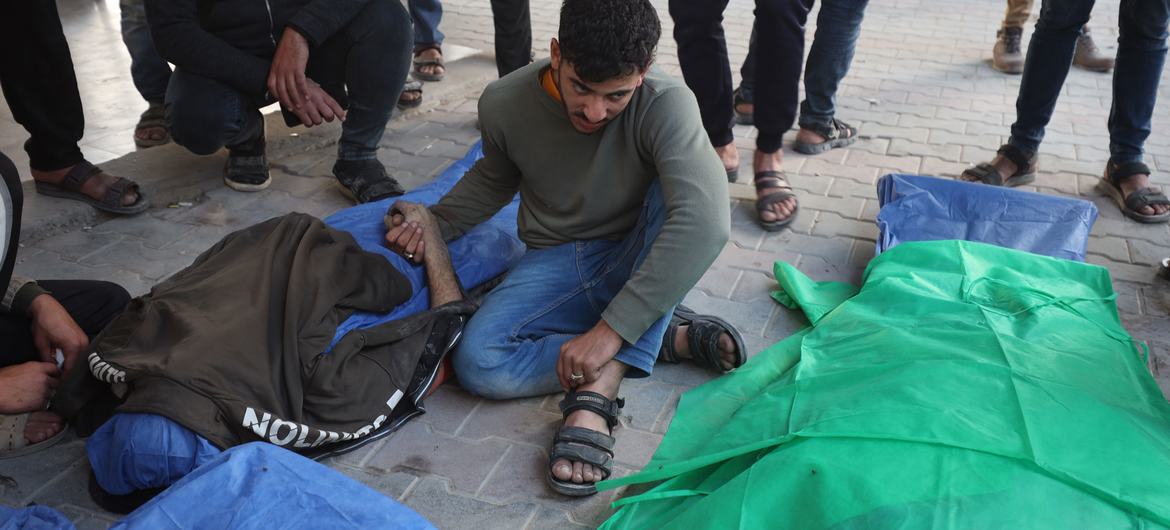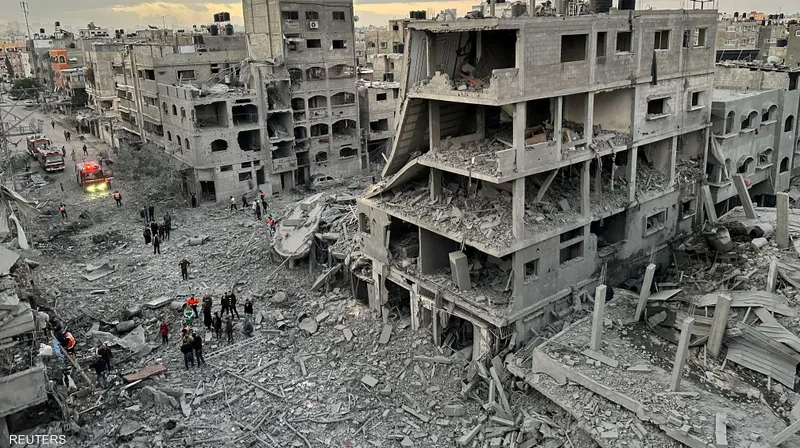Israeli Style: Wiping Out Entire Families in Gaza
The sharp escalation in Israel’s targeting of civilians in the Gaza Strip is deeply alarming. Entire families, including women and children, are being killed at horrific rates, as the international community fails to stop the nearly 19-month-long genocide.
While Israeli Prime Minister Benjamin Netanyahu denied to the media that Israel was targeting civilians, military aircraft continued to carry out airstrikes that deliberately killed women and children in the Gaza Strip. These horrific crimes are no longer the exception to the rule; rather, the recurring pattern of such atrocities demonstrates a systematic Israeli policy defying all international laws and norms.
In just one week — between 20 and 26 April — Israel killed 345 Palestinians and injured 770 others, according to field data indicating that at least 94% of the victims were civilians. Children (51%), women (16%), and the elderly (8%) together accounted for 75% of those killed. Among the remaining victims (adult males), field verification confirmed that at least 63 of 81 worked in civilian jobs or independent professions unrelated to any militant or organizational activity, further reinforcing the predominantly civilian nature of the casualties.
There is no evidence indicating that the adult male victims, for whom detailed data was unavailable at the time of this publication, were involved in hostilities or associated with militant activities. Israel has provided no credible proof to the contrary. As such, the general legal presumption of the victims’ civilian status applies in this situation, granting those targeted full protection under international humanitarian law, with the burden on Israel to prove otherwise.
The unprecedented rise in civilian casualties coincides with Netanyahu’s continued false statements denying the targeting of civilians, which is a blatant attempt to mislead international public opinion and cover up Israeli crimes on the ground. Meanwhile, extensive field evidence, live testimonies, photographs, and direct documentation all confirm that womenand children make up the largest proportion of victims, and that the enclave’s remaining buildings, infrastructure, and shelters are being systematically and intensively bombarded. The intention of the ongoing targeting is unquestionably to kill civilians and destroy the foundations of Palestinian life, accelerating their gradual uprooting from their land.
Over the past few weeks, Euro-Med Monitor’s field team has documented repeated instances of entire families being wiped out, as well as the deliberate targeting of specific families in a pattern suggesting a clear intent to annihilate them. The Israeli government’s continued fostering of false narratives, alongside the escalation of these crimes, reaffirms its systematic policy of covering up violations and protecting perpetrators. Israel and its allies are operating within a framework of complete impunity aimed at undermining justice, and are inadvertently revealing to the world the biased foundations of international law.
Civilian lives, including those of children and women, are not collateral damage to be overlooked; these are real people with personal stories, deliberately and systematically killed without the Israeli acknowledgement of any legal or even moral obligations. Protecting civilian lives and holding those responsible accountable is a legal and moral duty the international community must not evade.
Israeli aircraft bombed a house in Khan Yunis, in the southern Gaza Strip, on 28 April at dawn. The strike killed 12 members of the Kaware’ family, including Zainab al-Majayda and her six children. One of al-Majayda’s brothers had been killed by Israel three months earlier.
The Israeli army has recently intensified its use of suicide drones to target the tents and homes of displaced people. These drones are equipped with advanced surveillance cameras and guidance systems, enabling the precise, real-time tracking of targets. This technology, which allows operators to monitor a target up until the last moment and decide whether to strike or refrain, eliminates any margin for error or randomness. It confirms that this type of targeting is being carried out knowingly and deliberately, in clear violation of the rules for civilian protection under international humanitarian law.
In another recent attack, the Israeli army used a suicide drone to target a tent housing displaced people in the al-Mawasi area of Khan Yunis at approximately 1:50 a.m. on Friday 25 April. The attack wiped out an entire family: Ibrahim Khalil Abu Taima (33), his pregnant wife, Hanadi Shaaban Abu Taima (29), and the couple’s three children, Samira (9), Azem (6), and Raafat (4). On the evening of the same day, Israeli jets bombed the home of the Al-Amour family, nearly wiping them out entirely. The couple and their nine children—including three boys and four girls—were killed, with only one child surviving the massacre.
Following the documentation of several attacks by this type of drone, it has become clear that most of the victims have been children, women, and unarmed civilians. This further demonstrates that Israel is deliberately targeting and killing Palestinian civilians en masse as part of the ongoing genocide in the Gaza Strip.
Israel’s deliberate targeting of simple shelters—including makeshift tents and half-destroyed homes—with heavy bombs or suicide drones and without any justified military necessity, reveals a systematic policy aimed at causing the highest possible number of civilian casualties and instilling terror among the Palestinian population. These actions are explicitly prohibited under international law.
Most of Israel’s attacks, which strike purely civilian sites, are not followed by any official attempt to justify the targeting. In some cases, Israeli military sources will claim a member of an armed Palestinian faction was the target. Such flimsy pretexts neither justify the enormous number of civilian deaths nor reflect the scale of the human and material losses caused by theongoing attacks, however.
Israel routinely repeats the same claim whenever international public opinion rises against its crimes, asserting it was targeting “militants” to justify its attacks on civilians without providing concrete, verifiable evidence or allowing any independent party to verify these claims.
Furthermore, the internal investigations Israel announces after committing certain crimes have lacked independence and seriousness. These investigations are obviously not intended to hold perpetrators accountable or achieve justice, and serve mainly to provide formal cover for the soldiers and officers involved. In the rare instances where punitive measures are taken, they are limited to minor administrative actions that in no way reflect the gravity of the crimes committed or the severity of the violations.
Israel’s claims, in and of themselves, do not absolve it of its responsibilities under international law, including the duty to conduct effective investigations, hold perpetrators accountable, and provide redress to victims. Euro-Med Monitor strongly condemns the automatic acceptance of unsubstantiated Israeli allegations, as silent complicity effectively grants Israel a license to continue targeting civilians under a false legal cover, thus undermining the substance and effectiveness of the international legal system.
Even if a combatant were assumed to be present or passing through an area, this would not justify these brutal massacres nor absolve Israel of its obligations under international law and international humanitarian law. Israel remains fully bound to uphold the principles of humanity, distinction, military necessity, proportionality, and precaution. To ensure the minimum possible loss of civilian life and injury, these obligations must be respected during the planning and execution of any military operation, including taking precautions in the choice of methods and means of warfare, without exception.
Israeli massacres against Palestinians have become a familiar sight, met with near-total silence despite the genocide essentially being livestreamed across the globe. It’s as if the killing of Palestinian civilians—openly committed by Israel and its allies without fear of legal or moral consequences—has become an implicitly accepted reality within the international system.
International indifference to this pattern of crimes is not merely a moral failure but a grave breach of the legal obligations of states and the international community. It transforms the mass killing of Palestinians from criminal acts into policies carried out openly before the entire world. Silence in the face of these crimes constitutes a clear failure to fulfil the legal duty to prevent genocide and punish its perpetrators, as mandated by the 1948 Convention on the Prevention and Punishment of the Crime of Genocide.
The Israeli killing methodology reflects a clear policy aimed at eliminating Palestinian civilians across the Gaza Strip, spreading panic, depriving them of shelter or stability, forcing repeated displacements, and subjecting them to deadly living conditions. All of this is compounded by ongoing Israeli bombardment across the Strip, including attacks on areas designated as humanitarian zones, and the targeting of shelters, even those located within UNRWA facilities.
All states, individually and collectively, must fulfill their legal responsibilities by taking urgent action to stop the genocide in the Gaza Strip, through implementing effective measures to protect Palestinian civilians, ensuring Israel’s compliance with international law and the decisions of the International Court of Justice; and holding Israel accountable for its crimes against the Palestinians. The International Criminal Court must reissue arrest warrants for the Israeli Prime Minister and Minister of Defence at the earliest opportunity, in accordance with the principle that there is no immunity for international crimes.
The international community must also impose economic, diplomatic, and military sanctions on Israel for its systematic and grave violations of international law. These sanctions should include an arms embargo; an end to all political, financial, and military support; freezing the assets of officials involved in crimes against Palestinians; imposing travel bans; and suspending trade privileges and bilateral agreements that provide Israel with economic benefits that enable its continued crimes.


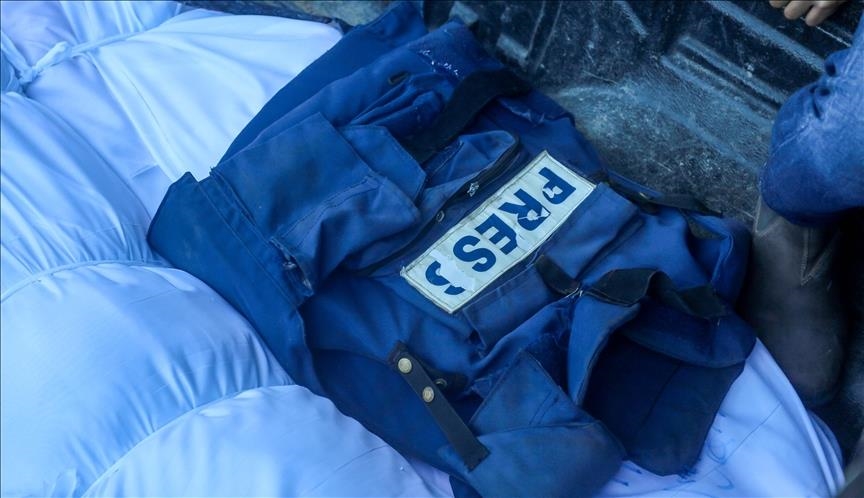
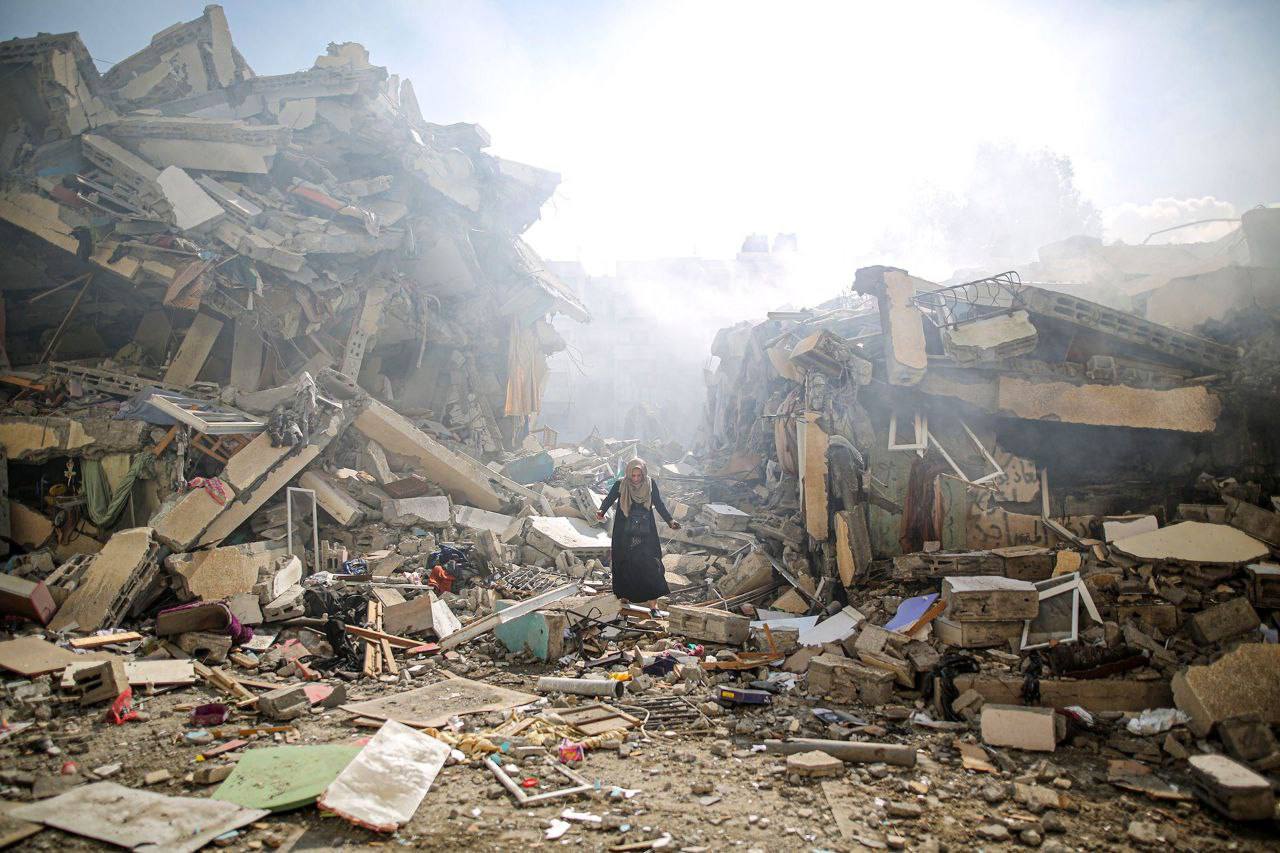
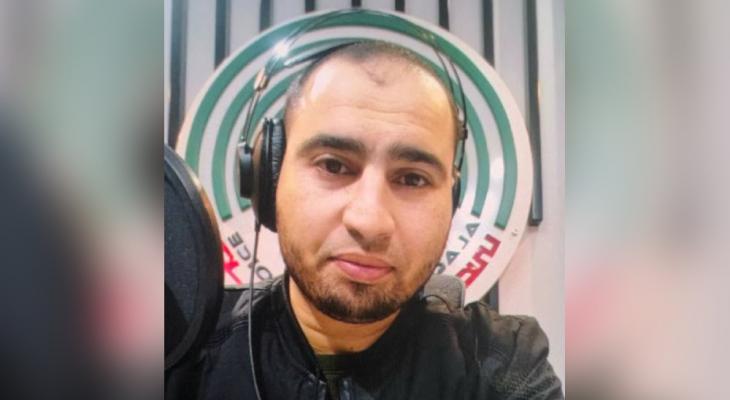
 BREAKING
BREAKING 